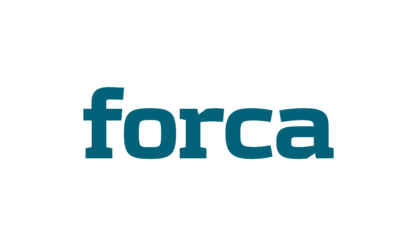Bill Gates har for nyligt udgivet bogen, How to Avoid a Climate Change Disaster: The Solutions We Have and the Breakthroughs We Need, som Schroders klassificerer som en must read-bog – især for de investorer der investerer i en større energiomstilling.
Selvom Schroders er en anelse forbeholden overfor den nye bog, skriver de om Bill Gates, at han ikke kun en meget intelligent formueskaber, men en mand, der uden tvivl har unik adgang til information og indsigt. Desuden har Gates Foundation opnået imponerende resultater i tacklingen af globale sundheds- og uddannelsesspørgsmål. Han har tydeligvis en appetit på at løse det tilsyneladende uløselige.
Her er en oversigt over bogens hovedpointer:
The first part of the book provides some simple messages that cannot be ignored:
- We need to do this now; it is not optional. We need to invest time and money right now to avoid a climate disaster that will have a considerably bigger economic and social impact than all previous post-war recessionary periods put together.
- We have reached a position where we need to get carbon emissions to zero (or close to it) by 2050. Slow progress still leads to catastrophe. For example, a 50% reduction in emissions from here would still lead to rising temperatures.
- Our current reliance on fossil fuels makes the starting point of this structural shift very hard. Not only do we use fossil fuels in almost everything we do, from driving your car to brushing your teeth, they are also extremely cheap. Unless we commit to investing in zero carbon solutions, thereby reducing their costs, progress will be slow.
The next part of the book is a little more optimistic:
- There are lots of potential solutions that we can apply in combination that would tackle carbon emissions across energy networks, transportation, agriculture and manufacturing.
- Governments have become much more aligned in the last few years. The 2015 Paris Agreement was a big step forward. However, from here individual governments need to set policy that stimulates investment in the right areas in order to drive down costs.
- Clear government policy reduces the risk for investors in key technologies and underpins investment growth.
- A lot of the technologies are already cost effective for both the investor making a suitable return on their investment, and for the consumer, in terms of being able to pay for the end product. A positive cycle is created: the cost profile of these value chains only gets better as the end market size increases. Government policy can accelerate this trend.
- Carbon taxes will need to be applied in a considered manner across developed markets versus emerging markets. They must be applied at industry level to encourage investment in clean areas, but also to consumers in order to encourage switching and drive demand.
Læs hele Schroders analyse af bogen her:











